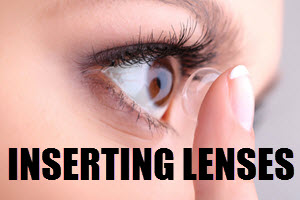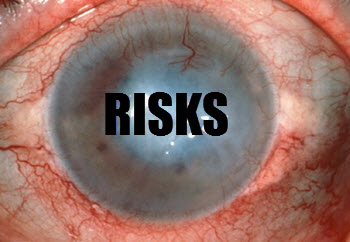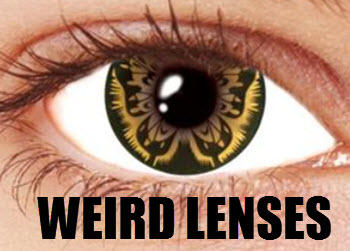Understanding Decorative Eye Lenses
Decorative eye lenses, often referred to as cosmetic contact lenses or colored contact lenses, are eyewear products designed primarily for enhancing or changing the appearance of the eyes. Unlike corrective contact lenses, which are meant to correct vision issues, decorative lenses serve aesthetic purposes. These lenses may or may not have vision correction capabilities, with many variants being purely cosmetic.
Types of Decorative Eye Lenses
The types of decorative eye lenses vary based on their intended appearance and use. Each category offers unique ways to alter the look of one’s eyes, and they can be tailored to suit various personal preferences or thematic events.
Colored Lenses
Colored lenses are designed to change the natural color of the iris. They are available in various shades that can either enhance your natural eye color or completely alter it. Some popular options include blue, green, hazel, and violet. For individuals wanting a subtle change, enhancement tints are available that enhance the natural hue of the eye. These lenses are particularly appealing to those who want to experiment with their appearance without making drastic changes.
Patterned Lenses
Patterned lenses are more adventurous and often used for costumes or special events. They can impart unique patterns to the eyes, such as glowing effects, cat-eye shapes, or other creative designs. These lenses are particularly popular during Halloween or in the cosplay community, where individuals strive to embody fantastical or fictional characters. The diversity of patterns available allows users to express their creativity and imagination.
Theatrical Lenses
Theatrical lenses are specific types of decorative lenses used in theater, film, and entertainment. They provide dramatic changes to the eye appearance and are often employed to create fantasy or horror effects. While visually striking, they are not typically for everyday wear due to their bold and extreme transformations. Theatrical lenses help actors portray characters authentically by adding depth and dimension to their expressions.
Safety and Usage
While decorative eye lenses can transform an individual’s eye appearance effectively, it is crucial to prioritize eye health and safety. Misuse or improper handling of these lenses can lead to severe eye complications. Here are some important considerations:
Consult an Eye Care Professional
Before using any type of contact lens, including decorative ones, it is advisable to consult an eye care professional. They can provide guidance on the proper use, fitting, and care of the lenses, mitigating any potential risks to eye health. An eye care professional will conduct a comprehensive eye examination to identify any existing conditions that might be exacerbated by contact lens use. Furthermore, they can instruct users on the correct insertion and removal techniques, ensuring that the lenses fit comfortably and securely.
Purchase from Reputable Sources
Ensure that decorative lenses are purchased from reputable retailers and brands. This helps verify the quality and safety standards of the lenses, reducing the risk of eye infections or damage due to inferior materials. Buying from authorized sellers guarantees that the lenses are manufactured according to stringent safety guidelines. In contrast, lenses sourced from unreliable vendors may not meet these necessary standards, increasing the likelihood of complications.
Follow Proper Hygiene Practices
Correct hygiene is essential when handling decorative lenses. Follow recommended practices, including regular cleaning, storing the lenses in appropriate solutions, and washing hands before handling the lenses. Always adhere to the usage instructions provided with the lenses. Failure to maintain hygiene can introduce bacteria or debris into the eye, leading to infections or inflammation. It is also vital to replace lens storage cases periodically to ensure that they remain sanitary.
Regulations
In many regions, decorative lenses are considered medical devices and are regulated accordingly. For instance, in the United States, the Food and Drug Administration (FDA) oversees these products, ensuring they meet safety standards. The FDA advises consultation with an eye care professional before purchase to secure a proper fit and avoid complications. This regulation is in place to protect consumers, as improperly fitted contact lenses can cause long-term damage to the cornea or lead to vision impairment. Compliance with regulatory requirements ensures both consumer safety and satisfaction with the product.
Conclusion
Decorative eye lenses offer a captivating way to alter one’s appearance and express personal style. Users are drawn to these products for their ability to provide a distinctive and personalized look. However, users must approach their use with care and responsibility. By consulting with professionals, purchasing from reputable sources, and adhering to hygiene practices, individuals can safely enjoy the transformative effects of decorative lenses. Awareness and education about proper lens care can significantly reduce the risk of adverse effects, allowing users to enjoy these accessories confidently. Practicing diligence in these aspects not only preserves eye health but also enhances the overall wearing experience, making it enjoyable and worry-free.



 Cosmetic contact lenses
Cosmetic contact lenses